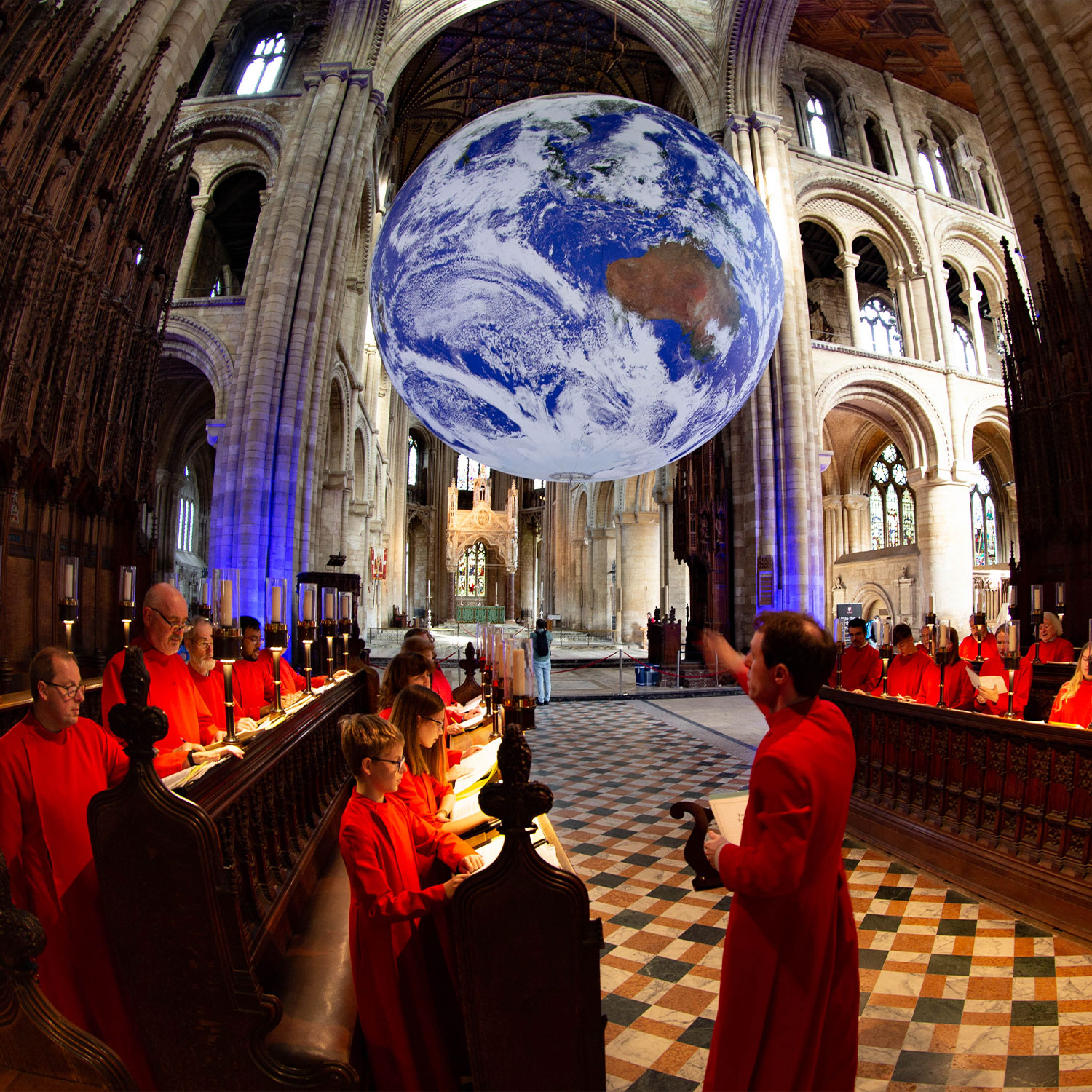Peterborough Cathedral, formally known as the Cathedral Church of St Peter, St Paul and St Andrew, is one of the most important surviving Norman buildings in Britain. Completed in the early 13th century, the cathedral is famed for its remarkable Early English Gothic West Front—a dramatic trio of arches that form one of the great architectural spectacles of medieval England.
The building’s history stretches back over 1,350 years, originally founded as a monastery in 654 AD. It was destroyed by Viking raids and rebuilt as a Benedictine abbey in the 10th century. Following the Norman Conquest, it was once again rebuilt, eventually becoming a cathedral after the Dissolution of the Monasteries under Henry VIII.
Inside, visitors can admire the stunning painted wooden ceiling in the nave—one of only four like it in Europe—and discover the resting place of Katharine of Aragon, the first wife of Henry VIII. The tomb of Mary, Queen of Scots was also once here before her body was later moved to Westminster Abbey. The cathedral continues to be a working church and a place of worship, music, community, and reflection.
The cathedral also plays host to a year-round calendar of events, exhibitions, concerts, light festivals, and family activities, making it a lively hub of culture as well as a place of historic significance.
Key Features:
-
Spectacular Norman and Early English Gothic architecture
-
Original painted wooden ceiling from the 13th century
-
Tomb of Katharine of Aragon
-
Site of Mary, Queen of Scots’ first burial
-
Tower tours offering panoramic views (seasonal)
-
On-site café and shop
-
Peaceful cloisters and gardens

